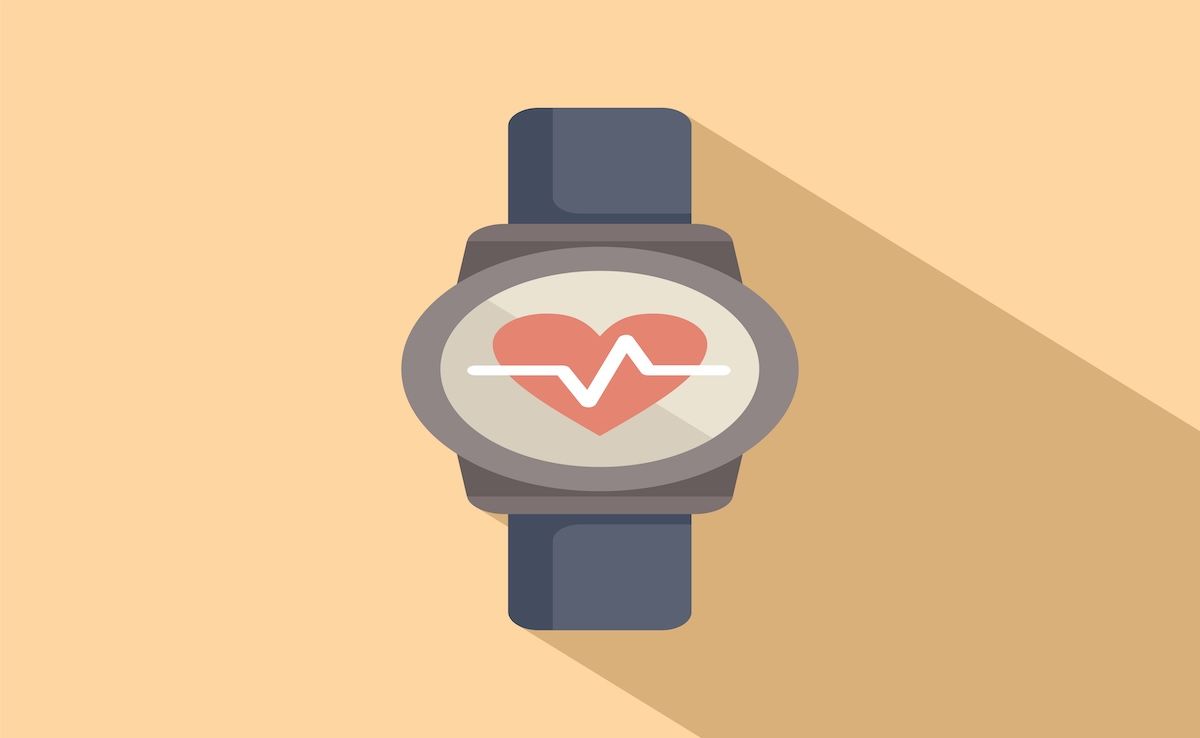News
Article
Delayed PAH Diagnosis Increased Economic Burden, Study Says
Author(s):
Increased pulmonary arterial hypertension (PAH) awareness and earlier screening in routine clinical practice could provide an opportunity for earlier treatment, resulting in reduced economic burden for payers, employers, and society at large.
Delayed pulmonary arterial hypertension (PAH) diagnoses increased the economic burden on payers, employers, and society at large, according to a study published in PharmacoEconomics - Open.
The researchers explained that PAH remains a progressive and potentially fatal disease despite advances in treatment. A major contributor to the severity of this disease is delayed diagnosis as the researchers noted that, on average, time between initial symptom presentation and PAH diagnosis can range from 2.5 to 3.9 years.
Delayed diagnoses remain a challenge due to the lack of a straightforward test used to diagnose PAH early on; the researchers explained that current guidelines recommend the highly invasive right heart catheterization (RHC) since the non-invasive transthoracic echocardiography is less accurate. Consequently, patients may only be diagnosed and treated when their PAH is more severe, the delayed diagnoses potentially leading to poorer treatment responses, faster disease progression, and worse clinical outcomes.
The researchers noted that there is limited data on how delayed PAH diagnoses burden the health care system. Because of this, they conducted a study to characterize the health care resource utilization (HRU) and health care cost burden associated with delayed PAH diagnoses in the United States.
The economic burden of PAH diagnosis delays can be attributed to increased hospitalization costs. | Image Credit: Pixelbliss - stock.adobe.com

The researchers created their study population by using data obtained from Optum’s deidentified Clinformatics Data Mart (CDM) Database between October 2015 and September 2021. They explained that CDM consists of data from administrative health claims for members of large commercial and Medicare Advantage health plans nationwide.
The researchers assigned eligible patients to mutually exclusive cohorts based on the time between the first PAH-related symptom and the first PAH diagnosis (≤ 12 months’ delay, > 12 to ≤ 24 months’ delay, or > 24 months’ delay). They assessed all-cause HRU and health care costs per patient per month (PPPM) during the first year following diagnosis and compared across cohorts using regression analysis adjusted for baseline covariates.
The study population consisted of 538 patients. Patients had a mean age at PAH symptom onset of 65.6 years, and 60.6% were female. Additionally, 327 (60.8%) had a diagnosis delay of 12 or fewer months, 126 (23.4%) had a diagnosis delay between 12 and 24 months, and 85 (15.8%) had a diagnosis delay greater than 24 months. The researchers noted that the mean (median) diagnosis delay was 4.0 (2.9) months in the 12 months or less delay cohort, 17.4 (17.7) months in the between 12 and 24 months delay cohort, and 33.5 (31.7) months in the greater than 24 months delay cohort; the overall mean (median) diagnosis delay was 11.8 (8.3) months.
Longer delays and increased hospitalizations resulted in higher all-cause health care costs. Compared to the total all-cause health care costs of patients with a diagnosis delay of 12 months or fewer, the costs PPPM were $3986 (95% CI, $1439-$6436) higher in patients with a diagnosis delay between 12 and 24 months and $5366 (95% CI, $2107-$8524) higher in patients with a diagnosis delay greater than 24 months; the researchers explained that these increased costs are due to hospitalization costs.
Compared to patients with diagnosis delays of 12 months or fewer, those with delays between 12 and 24 months had increased hospitalizations (incidence rate ratio [IRR], 1.40; 95% CI, 1.11-1.71) and outpatient visits (IRR, 1.17; 95% CI, 1.06-1.30). Patients with delays greater than 24 months also had increased hospitalizations (IRR, 1.71; 95% CI, 1.29-2.12) and outpatient visits (IRR, 1.26; 95% CI, 1.08-1.41) in comparison to patients with diagnosis delays of 12 months or fewer. Overall, both cohorts had more ICU stays and 30-day readmissions.
The researchers acknowledged their study’s limitations, one being that their study population was predominantly from the Southern United States and enrolled in commercial or Medicare Advantage plans. Consequently, they explained that their findings may not be generalizable to those throughout the rest of the country. Despite the limitations, the researchers used their findings to make future suggestions on how to mitigate delayed PAH diagnoses.
“These findings highlight the need for increased awareness and earlier screening in routine clinical practice, as this could provide an opportunity for earlier treatment which might lead to better clinical outcomes among patients with PAH and reduced economic burden for payers, employers, and society at large,” the authors concluded.
Reference
DuBrock HM, Germack HD, Gauthier-Loiselle M, et al. Economic burden of delayed diagnosis in patients with pulmonary arterial hypertension (PAH). Pharmacoecon Open. doi:10.1007/s41669-023-00453-8




